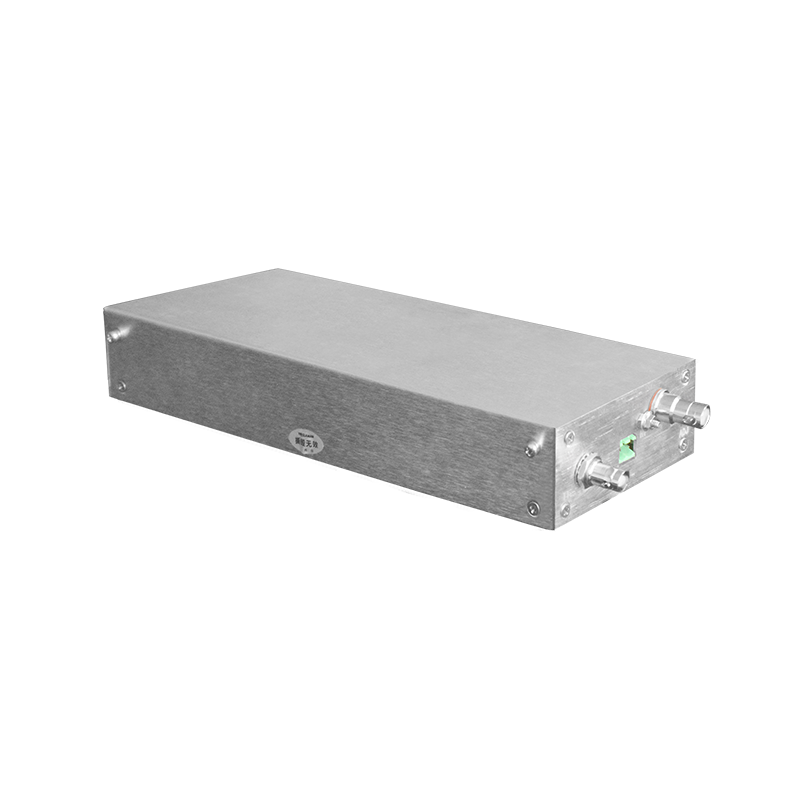Development and Challenges of Nanosecond Pulse High Voltage Power Supplies
With the rapid development of modern technology, high voltage power supplies have become increasingly widespread in various fields, especially where high precision, speed, and energy efficiency are required. Nanosecond pulse high voltage power supplies, as a special type of high voltage power supply, have become a hot topic in scientific research and technological innovation due to their ability to provide extremely high voltage and current in a very short period of time. This article will discuss the development process of nanosecond pulse high voltage power supplies and the challenges they face from a professional perspective.
I. Development of Nanosecond Pulse High Voltage Power Supplies
The development of nanosecond pulse high voltage power supplies involves multiple technical fields, including power electronics technology, electromagnetic compatibility design, thermal management, and control algorithms. Firstly, power electronics technology is the core of realizing high voltage pulse conversion, requiring the power supply to complete effective energy conversion and control in a very short time. Secondly, electromagnetic compatibility design is crucial for reducing electromagnetic interference and ensuring the stable operation of the power supply. In addition, since nanosecond pulse high voltage power supplies generate a lot of heat during operation, thermal management design is also indispensable. Finally, precise control algorithms ensure the stability and reliability of the power supply output.
During the development process, various factors need to be comprehensively considered, such as pulse width, peak voltage, rise time, and other key parameters. The optimal combination of these parameters can not only meet the needs of specific applications but also improve the overall performance of the power supply. At the same time, strict testing and verification are required to ensure the safety and reliability of the power supply.
II. Challenges Faced by Nanosecond Pulse High Voltage Power Supplies
Despite the significant advantages of nanosecond pulse high voltage power supplies in many aspects, their development and application still face many challenges.
1. Technical Complexity: The design and manufacturing of nanosecond pulse high voltage power supplies involve professional knowledge from multiple fields, with a high technical threshold. Especially when achieving high precision, speed, and energy efficiency while maintaining the stability and reliability of the power supply, this undoubtedly increases the difficulty of development.
2. Cost Control: Due to the use of a large number of high-performance components and advanced technologies, the cost of nanosecond pulse high voltage power supplies is relatively high. How to effectively control costs while ensuring performance is an important issue that developers need to face.
3. Electromagnetic Compatibility: Nanosecond pulse high voltage power supplies generate strong electromagnetic interference during operation, which may affect surrounding equipment. Therefore, how to reduce electromagnetic interference and improve the electromagnetic compatibility of the power supply is an urgent problem to be solved.
4. Thermal Management: As mentioned earlier, nanosecond pulse high voltage power supplies generate a lot of heat during operation. How to effectively manage heat and prevent component damage due to overheating is key to ensuring the long-term stable operation of the power supply.
5. Application Adaptability: Different application scenarios have varying requirements for nanosecond pulse high voltage power supplies. How to develop products with broad adaptability to meet the needs of different customers is also a concern for developers.
In summary, the development and application of nanosecond pulse high voltage power supplies are full of challenges and opportunities. With the continuous advancement of technology and innovation, it is believed that more breakthrough achievements will be made in this field in the future.




















